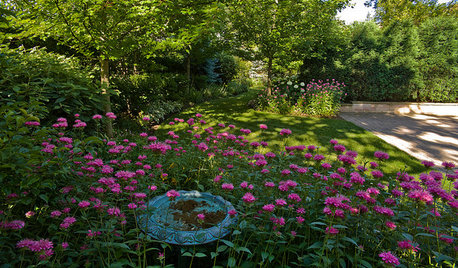Comfrey Question
dottigirl
17 years ago
Related Stories

EDIBLE GARDENSGarden BFFs? Why Your Vegetables Are Begging for Companion Plants
Foster friendships among plants for protection from pests, pollination support and color camaraderie
Full Story
LANDSCAPE DESIGNExuberant Self-Seeders for Gorgeous, Easy-Care Gardens
Keep weeds down, color high and maintenance low with beautful plants that sow themselves
Full Story
EDIBLE GARDENSNatural Ways to Get Rid of Weeds in Your Garden
Use these techniques to help prevent the spread of weeds and to learn about your soil
Full StoryMore Discussions







squeeze
Kimmsr
Related Professionals
Glassmanor Landscape Architects & Landscape Designers · Piqua Landscape Architects & Landscape Designers · Paradise Landscape Architects & Landscape Designers · Manchester Landscape Contractors · Waterbury Landscape Contractors · Canby Landscape Contractors · El Segundo Landscape Contractors · Fountain Valley Landscape Contractors · Garland Landscape Contractors · Mastic Beach Landscape Contractors · Rockland Landscape Contractors · Wentzville Landscape Contractors · Conroe Decks, Patios & Outdoor Enclosures · Harrisburg Decks, Patios & Outdoor Enclosures · Prichard Decks, Patios & Outdoor Enclosuresnewkidd13
dottigirlOriginal Author
podzol
habitat_gardener
flora_uk
eryngium
phann100
Demeter